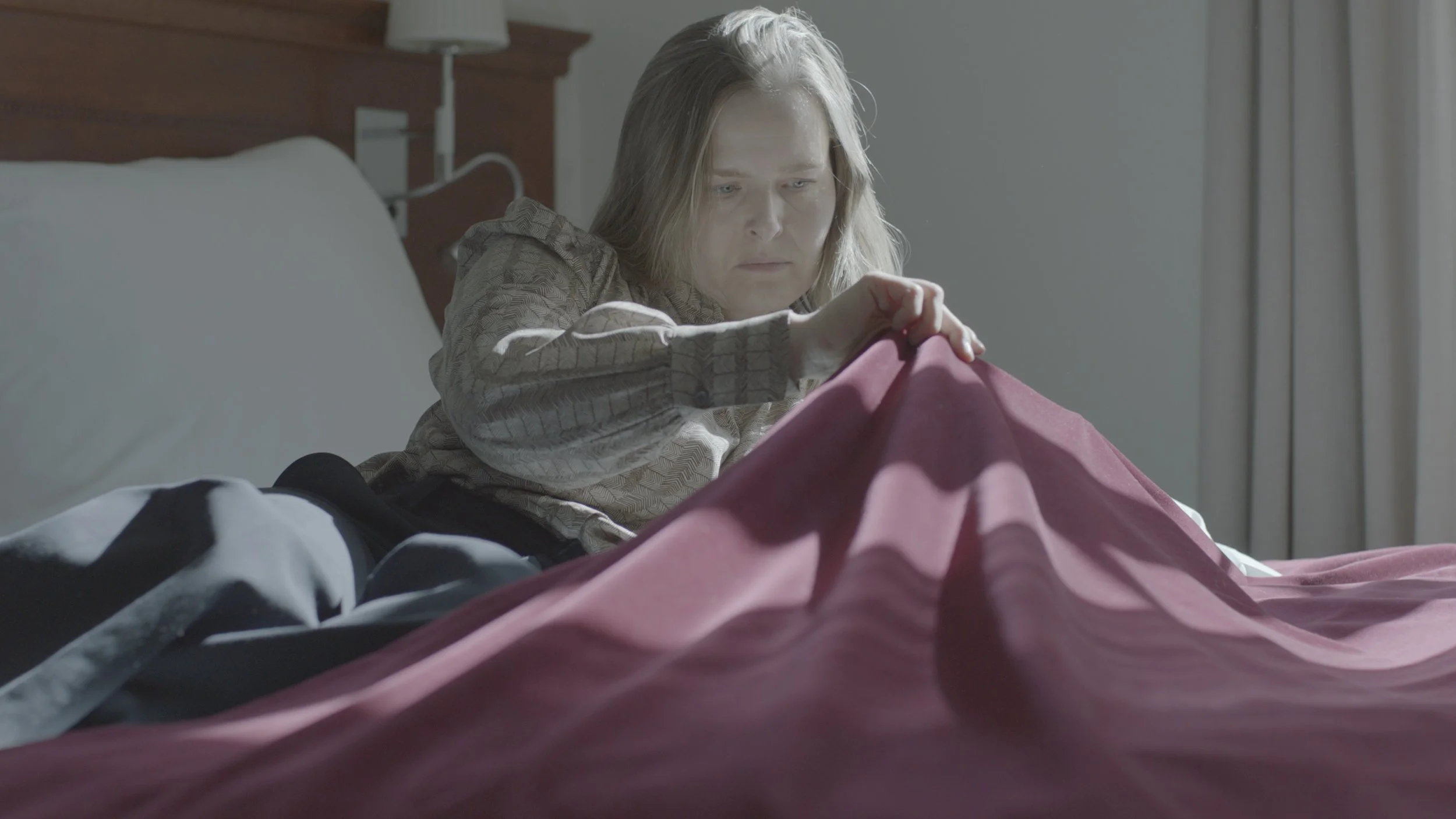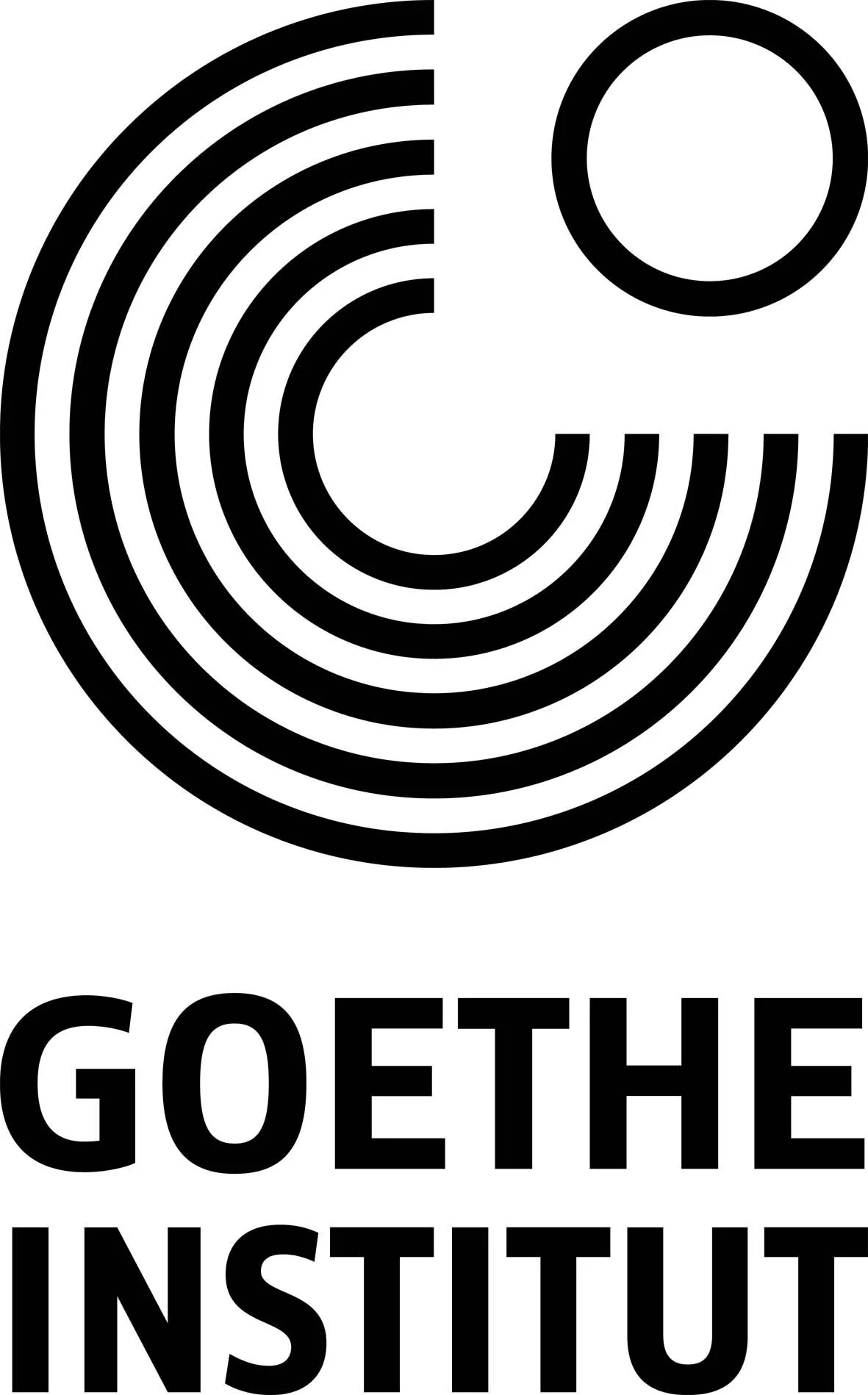Convened by Marte Aas and Stephanie von Spreter. Held in collaboration with Goethe Institut Norway and the Finnish-Norwegian Cultural Institute (FINNO)
Residency dates: 3 – 30 November 2025
A body that possesses elasticity can change its form in response to external forces, then return to its previous state when the forces are removed. In a literal sense, elastic bodies are potentially adaptable and flexible. Structurally speaking, theories of elasticity in fields such as economics and neurobiology can also show adaptability and flexibility.
What does it mean for a body, be it human or (thinking non-anthropocentrically) more-than-human, to be elastic: to expand and contract? Can concepts of elasticity help us better understand different bodily and psychological states, such as aging, illness, motherhood, belonging and attachment? Are these even distinct states, or part of an elastic continuum? How expansive is our own capacity for elasticity, and to what extent does our increasingly shrinking and homogenized world limit our ability to explore it?
Developed by artist Marte Aas and art historian/curator Stephanie von Spreter, Elasticity invites participants to explore elasticity from both a material and a theoretical perspective. The project will seek to apply elasticity as a phenomenon and a construct to both individual and social bodies. It will ask how the term can help us rethink collaborative relationships between scientific, aesthetic and artistic practices.
The residency is open to artists and cultural producers from all creative disciplines, as well as thinkers, researchers and practitioners from other fields. Participants will work together as a group and explore elasticity from multiple perspectives through lectures, presentations, discussions, excursions, and field studies.
About Stephanie von Spreter
Stephanie von Spreter, PhD, is an art historian and curator. Her research interests include contemporary art and photography, Nordic/circumpolar art and feminist and decolonial art history. She is a member of the research group Worlding Northern Art (WONA) at UiT The Arctic University of Norway in Tromsø, where she completed her PhD entitled Destructed Environments, Gendered Spaces, and Colonial Legacies: Contemporary Artistic Practices Sensing the Arctic and the Circumpolar North (2024).
About Marte Aas
Marte Aas is a visual artist who mainly works with film and photography. Her practice explores what a body is, and how ideas about the body are malleable, relative constructs shaped by ideology, history, and biopolitics. Her films include It Cannot be Contained, an examination of the history of blood, and A Letter to Zoe, which considers the epistemology of the container. Both films probe the ways that conceptual frameworks shape our world, and the politics that emerge from the process.
The Programme
PRAKSIS residencies take the form of collective research programmes. Participants collaborate in planning schedules and making adjustments as needed during the process. Residents typically meet four days per week for collective activities which may include participant-led sessions, residency-related visits and meetings, a tour of Oslo's galleries, networking events, discussions and group critiques. Some activities are public-facing. For example, a “Meet the Residents” presentation, usually held in the first week, offers participants a chance to informally introduce themselves and their practices to both the public and fellow residents.













